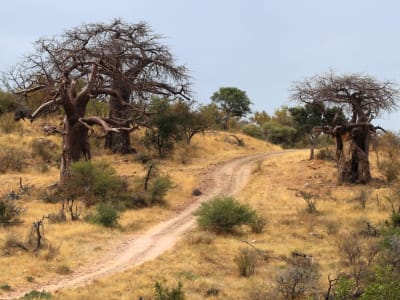SILVICULTURE | TREES OF ZIMBABWE

Zimbabwe's Tree of the year: The African Baobab
1 March 2021 | Justin Nyakudanga
Article Categories
Botanical name: Adansonia digitate
English name: African Baobab
Shona name: Muuyu
Ndebele name: Umkhomo
To help increase awareness of the environment and the importance of trees, each year the Forestry Commission of Zimbabwe selects and announces the tree of the year. For the year 2020 to 2021, the Baobab was selected as the tress of the year. The tree is very majestic and massive and usually reaches up to more than 20m in height at full maturity, with a trunk up to 10m in diameter and a girth of around 20m. It is one of the outstanding indigenous deciduous tree species in Zimbabwe which can live up to over 1000 years.
USES AND ECONOMIC VALUE
Economic uses and value for the Baobab tree include the following among many;
•The bark makes excellent ropes, bags, hats and floor mats.
•The bark is also used to make paper.
•The fruit pulp is used to make cool and hot beverages high in Vitamin C content.
•The pulp can be processed into sweets.
•The seeds are a potential source of protein, they are pounded whole into a coarse meal and added to soups and other dishes.
•When roasted the seeds are used as a coffee substitute.
•The dried powdered roots are believed to be a remedy for malaria.
•The semi-fluid gum, obtained from baobab bark, is used to treat sores.
•The fruits are a source of income for many families in Zimbabwe.
•The ash is also used as a remedy for toothaches
Distribution and Habitant
The Baobab tree generally occurs in low altitudes area’s in Zimabwe and hot dry woodlands. In Zimbabwe, the tree is widespread along the Zambezi valley in Matabeleland North, Mashonaland West, Mashonaland Central and the dry woodlands of Mashonaland East, and Manicaland provinces.In the southern parts of the country, it is abundant in Matabeleland South province and Masvingo province.











